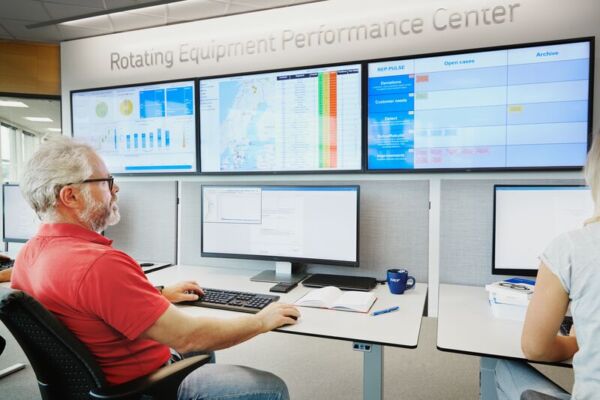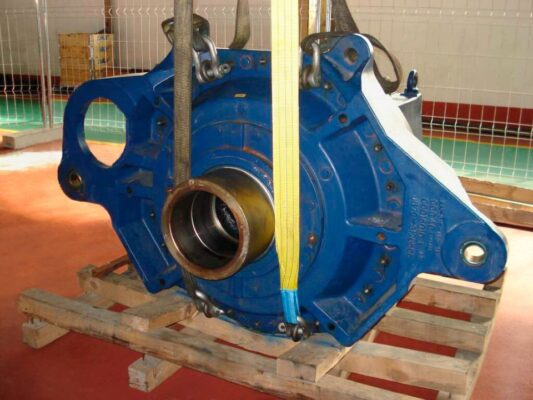Just in time is just not enough
Turbines’ elements – rotating parts included – experience increased wear over time leading to unexpected failures, longer downtimes, and higher maintenance costs. Bearings suffer the harshest of conditions with the most common operational challenges including high loads and stresses, inadequate lubrication, misalignment over time, constant vibration, and electrical erosion. Traditionally, maintenance approaches often involve replacing components preemptively in a reactionary “just-in-time” model, wasting resources and increasing operational costs.
Typically, wind turbines have a lifespan of around 20-25 years.
I predict a risk
Predictive maintenance applies sensor technology and data analytics that monitor turbine components in real-time, helping spot potential failures before they occur. This proactive approach helps to ensure maintenance is only performed when absolutely necessary. And, by detecting early signs of bearing wear and tear, operators can schedule timely interventions, avoiding catastrophic failures associated with wind energy infrastructure. This approach is particularly beneficial for aging fleets, providing a precise method to balance maintenance costs with production benefits. SKF has accumulated decades of experience here, enabling it to offer a range of solutions and services to help operators achieve just that: balance.
Effective inventory planning is similarly crucial in managing maintenance costs. SKF’s predictive maintenance solutions integrate with global parts availability systems, allowing operators to plan and check the availability of parts based on asset health data. This ensures parts are delivered in good time, avoiding expensive emergency shipments and reducing overall costs. The company’s ability to coordinate timely deliveries ensures that necessary components are available – in many cases – before they are even needed.
Predictive maintenance builds confidence in turbine performance by providing detailed failure statistics. It supports root cause analysis, enabling operators to address underlying issues rather than just symptoms. Over time, this leads to a more efficient maintenance strategy, reducing costs and improving ROI. For instance, SKF’s condition monitoring technologies, like the Multilog IMx system, collect real-time data, allowing for precise diagnostics and efficient maintenance planning.
Predictive maintenance to peak performer: Discover here how SKF and C-Power collaborate off the Belgian coast, using advanced condition monitoring and real-time data analysis to extend turbine lifespan, reduce downtime, and ensure reliable energy production.
Failing to plan is planning to fail!
Predictive maintenance is transformative for managing aging wind fleets. It extends turbine life, optimizes inventory planning, and improves ROI through strategic, data-driven maintenance. SKF’s solutions offer the technology and global support needed for efficient and profitable wind farm operations.
This invaluable combination of real-time monitoring, detailed analysis, and global parts availability positions SKF as a leader in predictive maintenance for the wind energy sector.



